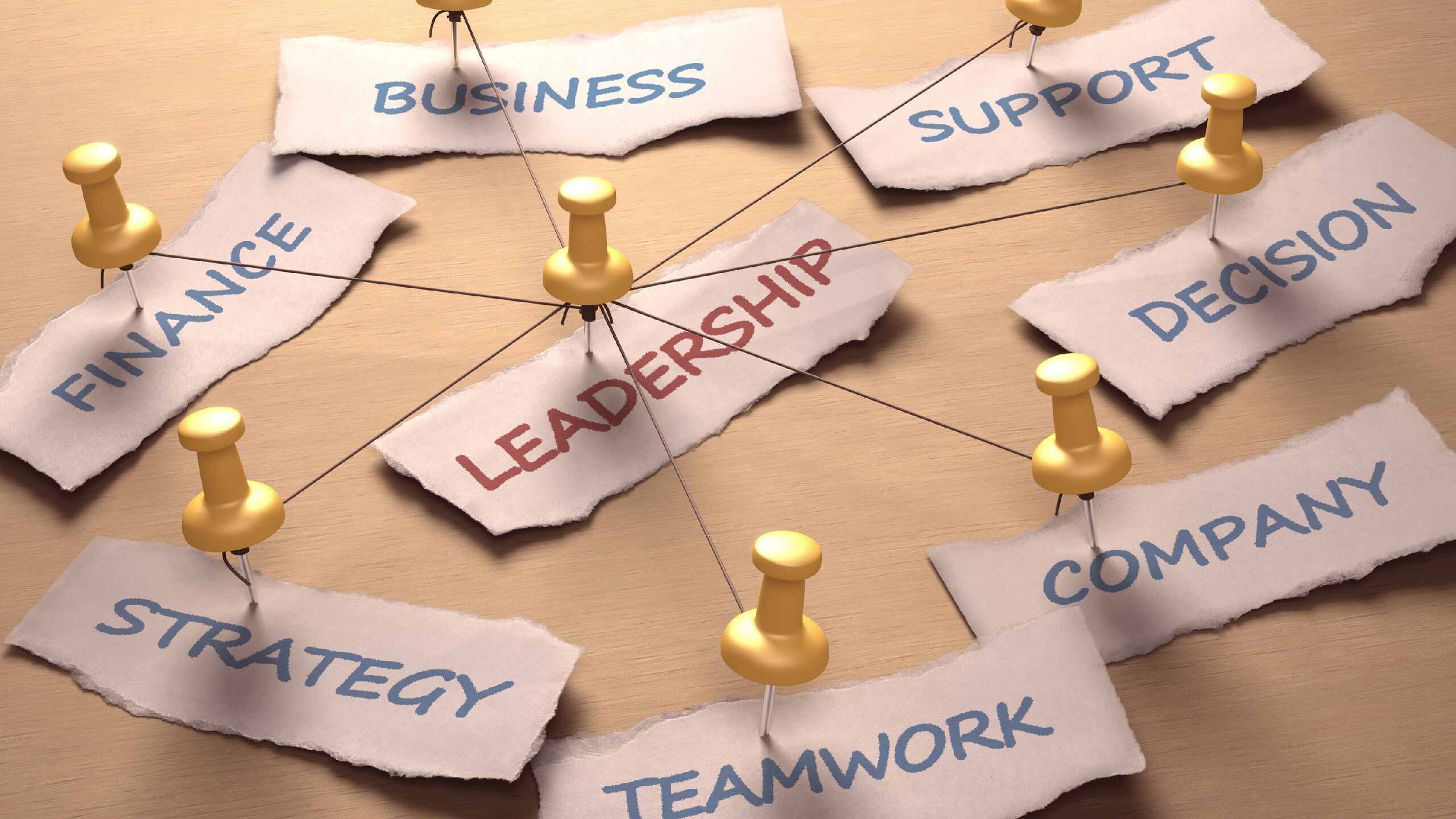Posts

The Importance of Transitions
"It is when we are in transition that we are most completely…

Tactics to Help You in Periods of Professional Transitions
Do you find yourself answering "YES" to any of the questions…

2022 Review & 2023 Preview
It's time to review your past year and set your professional…

YEAR END BUDGETING 2022
2022 in Review
As the year approaches a wrap, it's time to highlight…

FIVE CORE LEADERSHIP TACTICS
There are five leadership tactics that I follow that help me…

